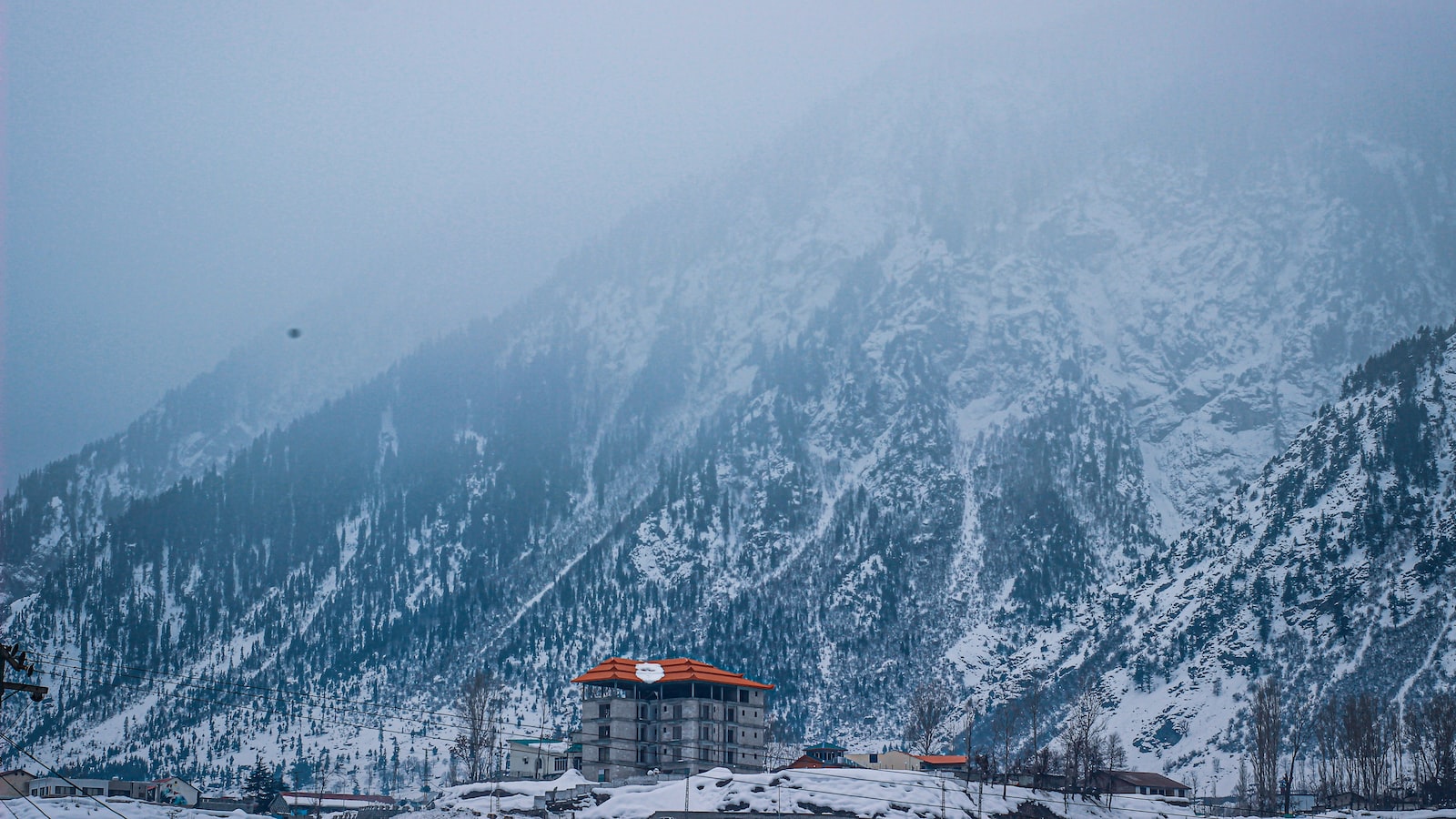By Leo Sands
BBC News
Image source, EPA-EFE/REX/Shutterstock
Image caption, A flooded street on Monday in Nowshera district
One-third of Pakistan has been completely submerged by historic flooding, its climate minister says.
Devastating flash floods have washed away roads, homes and crops – leaving a trail of deadly havoc across Pakistan.
“It’s all one big ocean, there’s no dry land to pump the water out,” Sherry Rehman said, calling it a “crisis of unimaginable proportions.”
At least 1,136 people have died since the monsoon season began in June, according to officials.
The summer rain is the heaviest recorded in a decade and is blamed by the government on climate change.
“Literally, one-third of Pakistan is underwater right now, which has exceeded every boundary, every norm we’ve seen in the past,” Ms Rehman told AFP news agency.
“We’ve never seen anything like this,” the minister added.
Of those who are known to have died, 75 were in the past 24 hours alone, officials said on Monday, adding that the death toll is expected to rise.
Speaking to the BBC, Pakistan’s Foreign Minister Bilawal Bhutto-Zardari said one-third of those killed are believed to be children.
“We’re still coming to grips with the extent of the damage,” he added.
Officials estimate that more than 33 million Pakistanis – one in seven people – have been affected by the historic flooding.
Heavy waters in the country’s northern Swat Valley have swept away bridges and roads, cutting off entire villages.
Thousands of people living in the mountainous area have been ordered to evacuate – but even with the help of helicopters, authorities are still struggling to reach those who are trapped.
“Village after village has been wiped out. Millions of houses have been destroyed,” Prime Minister Shehbaz Sharif said on Sunday after flying over the area in a helicopter.
Those who managed to escape have been crowded into one of many makeshift camps across the country.
“Living here is miserable. Our self-respect is at stake,” flood victim Fazal Malik told AFP from a school that was being used to home some 2,500 evacuees in the north-western Khyber Pakhtunkhwa province.
Provinces like Sindh and Balochistan are the worst affected but mountainous regions in Khyber Pakhtunkhwa have also been badly hit.
This year’s record monsoon is comparable to the devastating floods of 2010 – the deadliest in Pakistan’s history – which left more than 2,000 people dead.
There is also growing concern about the looming cost of building back from this disaster, and Pakistan’s government has appealed for financial help from aid agencies, friendly countries and international donors.
“A very early, preliminary estimate is that it is big, it is higher than $10bn (£8.5bn),” Planning Minister Ahsan Iqbal told Reuters.
Almost half of the country’s cotton crop has been washed away and vegetable, fruit, and rice fields have sustained significant damage, he added.
On Saturday the UK government announced it had allocated up to £1.5m ($1.8m) for the flood relief efforts.
In a message to Pakistan’s leader, Queen Elizabeth II said “I am deeply saddened to hear of the tragic loss of life and destruction.”
“The United Kingdom stands in solidarity with Pakistan as it embarks on its recovery,” she added.
Image source, Getty Images
Image caption, Locals wade through the flooded Charsadda district of Pakistan’s north-western Khyber Pakhtunkhwa province
A rice farmer near the south-eastern city of Sukkur in the Sindh province, told AFP news agency that his fields had been devastated by the flooding.
“Our crop spanned over 5,000 acres on which the best quality rice was sown and is eaten by you and us,” 70-year-old Khalil Ahmed said. “All that is finished.”
Sindh is so inundated with water that emergency workers are struggling to reach those in need of help.
“There are no landing strips or approaches available… our pilots find it difficult to land,” a Pakistani military official told AFP.
Media caption, Watch: Hundreds of people have been rescued from flooding in Pakistan

